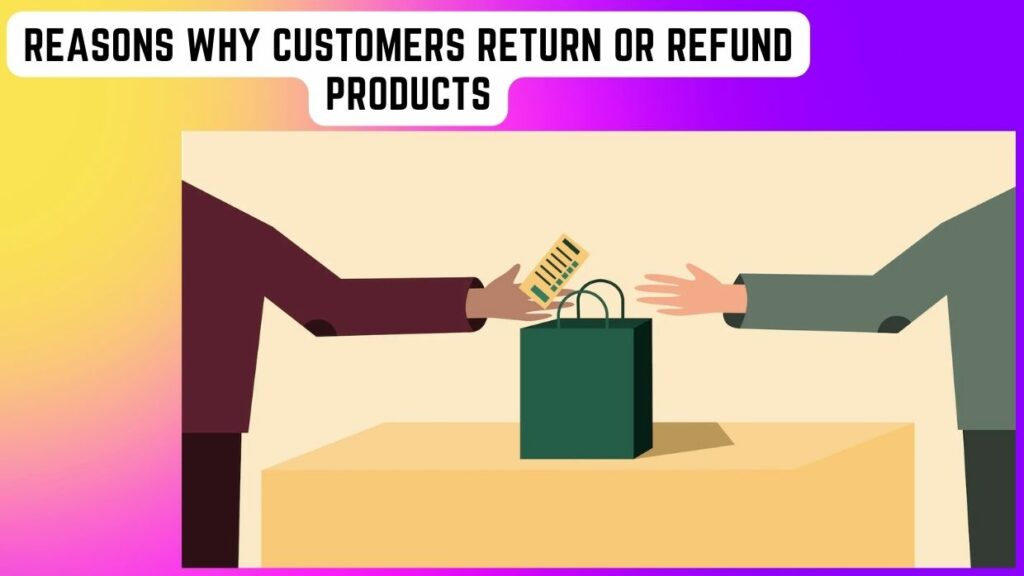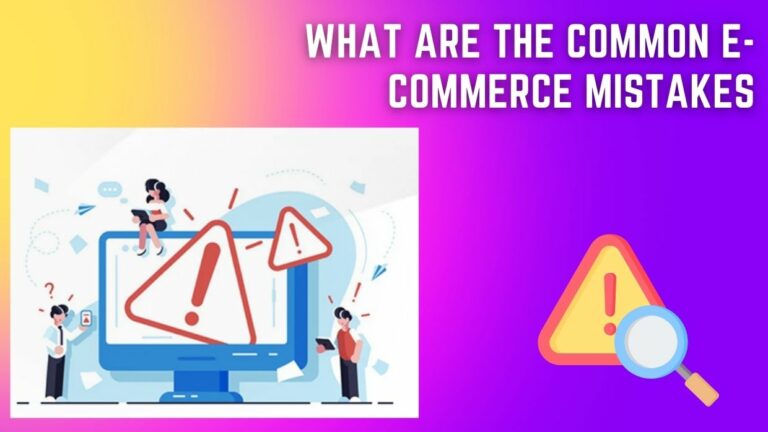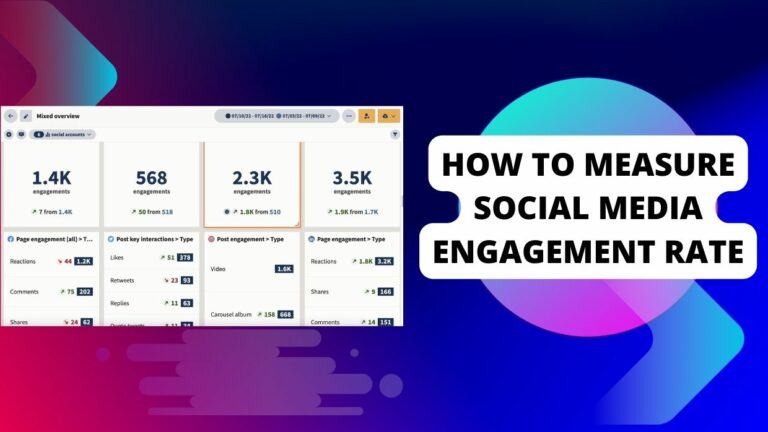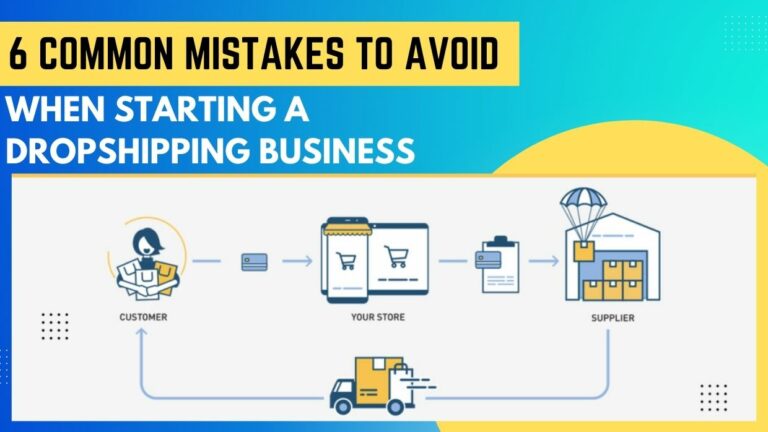E-commerce Return and Refund Policy
Welcome to our blog post on “E-commerce Return and Refund Policy”! If you’re an online shopper or a business owner, you know how crucial it is to have a clear and concise policy in place. Whether it’s due to damaged products, incorrect sizes, or simply a change of mind, returns and refunds are inevitable in the world of e-commerce. In this post, we’ll cover everything you need to know about creating an effective return and refund policy that benefits both your customers and your business. So let’s dive in!
Introduction to E-commerce Return and Refund Policy
An E-commerce return and refund policy is an important part of online shopping. It is a set of rules that govern how customers can return items they have purchased online. Return and refund policies vary from company to company, so it is important to read the policy of the store before making a purchase.
In general, most e-commerce stores allow returns within a certain period of time after purchase and will provide a refund or exchange for the returned item. Some stores may have restocking fees, so be sure to check the policy before making a purchase.
Read more… 6 Common Mistakes To Avoid When Starting A Dropshipping Business
Reasons Why Customers Return or Refund Products

There are many reasons why customers return or refund products. The most common reason is that the product is not what the customer expected it to be. Other reasons include receiving a defective product, not receiving the product at all, or simply changing their mind about the purchase.
It’s important to have a clear and concise return and refund policy in place so that customers know what to expect if they need to return a product. A good policy will help to reduce the number of returns and refunds, and will also make the process easier for both the customer and the business.
How to Create a Return and Refund Policy
It’s important to have a return and refund policy for your e-commerce business. This will give your customers confidence that they can return items if they’re not happy with them. Here’s how to create a return and refund policy:
- Decide what you will and won’t accept returns on. You may want to only accept returns on items that are defective or damaged. Or, you may want to accept returns on all items within a certain time period (e.g. 30 days).
- Write out your policy in clear, concise language. Be sure to include all the relevant details, such as what types of items are returnable and any time limits.
- Place your return and refund policy prominently on your website. Include a link to it in your order confirmation emails so customers can easily find it if they need to return something.
- Train your customer service team on your policy so they can handle returns efficiently and answer any questions customers may have about the process.
- Consider offering free returns or refunds to customers who are unhappy with their purchase. This could help reduce the number of returns you have to process, and it will show customers that you’re committed to their satisfaction.
Benefits of Having an Efficient Returns and Refunds Policy
An efficient returns and refund policy is important for any e-commerce business. Here are some of the benefits of having such a policy in place:
- It builds customer trust: Customers need to know that they can return an item if they are not satisfied with it. This way, they will be more likely to buy from your store again in the future.
- It reduces customer anxiety: Having a clear and easy-to-understand returns and refunds policy helps to reduce customer anxiety about making a purchase. This can lead to more sales and happier customers overall.
- It shows that you care about your customers: A good returns and refunds policy demonstrates that you care about your customers and their satisfaction. This can go a long way in building customer loyalty.
What are the Legal Requirements for E-commerce Return Policies?
When you are selling goods or services online, it is important to have a clear and concise returns policy. This will set out the expectations of both you and the customer, and help to avoid any misunderstandings.
There are no legal requirements for e-commerce return policies, but there are some good practices that you should follow. For example, your return policy should be easily accessible to customers, preferably before they make a purchase. It should be clear and concise, outlining the conditions under which a customer can return an item (e.g. within 14 days of receipt).
Your return policy should also comply with any legal obligations that may apply to your business, such as consumer protection laws. For example, in some countries, it is mandatory to provide a refund or exchange if an item is faulty.
If you are based in the European Union, you must also comply with the Consumer Contracts Regulations 2013. These regulations give consumers the right to cancel an order within 14 days and receive a full refund (including delivery costs).
Read more… How To Minimize The Risk Factor In Dropshipping
How to Handle Customer Complaints about Returns and Refunds?
In the world of e-commerce, returns and refunds are an inevitable part of doing business. As a merchant, it is important to have a clear and concise return and refund policy in place to minimize customer complaints and maximize customer satisfaction.
Here are a few tips on how to handle customer complaints about returns and refunds:
- Be proactive: Make sure your return and refund policy is clearly stated on your website and in any communication with customers (e.g., order confirmation emails). This will help set expectations from the outset and avoid any confusion later on.
- Be responsive: If a customer does contact you with a complaint about a return or refund, make sure to respond as quickly as possible. The longer you wait, the more frustrated the customer will become.
- Be reasonable: In most cases, it is best to err on the side of the customer when it comes to returns and refunds. Unless there is a clear case of fraud or abuse, try to work with the customer to find a resolution that is acceptable to both parties.
- Be firm: There will be some instances where you will need to stand firm on your return and refund policy. If this is the case, be respectful but firm in your communication with the customer. Explain why the policy exists and why you are unable to make an exception in this particular instance.
Strategies for Building Customer Loyalty Through Your Return Policy
There are a few key strategies that you can use to build customer loyalty through your return policy. First, make sure that your return policy is clear and easy to understand. Second, offer a reasonable return window so that customers feel like they have time to make a decision about their purchase.
Third, provide free returns or exchanges to show that you value your customers’ satisfaction. Finally, be responsive to customer feedback and questions about the return policy so that they feel heard and valued. By following these simple tips, you can create a return policy that will build customer loyalty and keep them coming back for more.
Read more… how to set up an automated dropshipping business
Conclusion
E-commerce return and refund policies are important factors to consider when shopping online. It is essential for customers to be aware of these policies so that they can make informed decisions about their purchases. By following the tips outlined in this article, you can ensure that you have a positive experience with your e-commerce business while simultaneously protecting yourself from any potential issues. Thank you for taking the time to read this article, and we hope it has helped you gain a better understanding of e-commerce return and refund policies.







